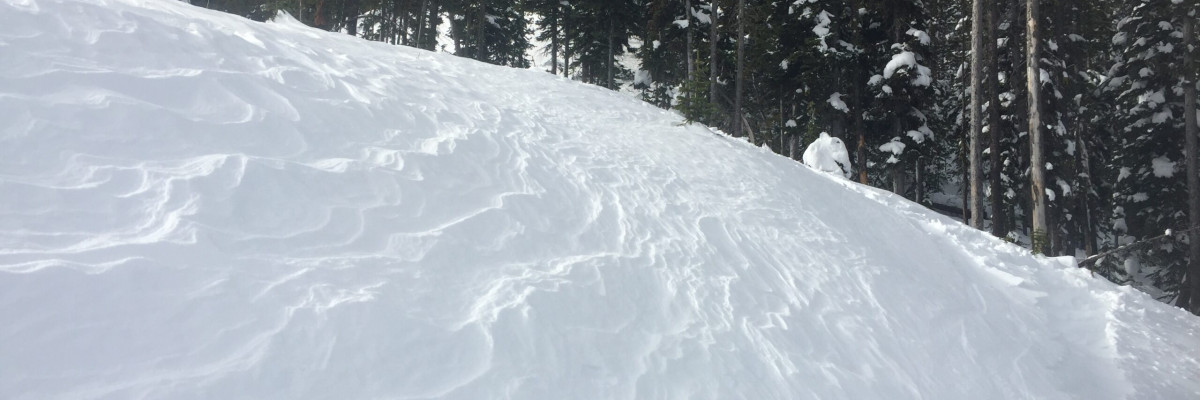This is Travis Craft with an early season snowpack update, on Saturday, November 09, 2018.
The primary concern at high elevations are shallow wind slabs. The second concern will be new snow instabilities this weekend. Beware of thin snow coverage and buried obstacles to amplify the consequences of an avalanche. The snowpack is generally too shallow on most mid and lower elevation terrain for avalanche concerns.
In the past, there have been several early season close calls and fatalities in Montana involving hunters, climbers and skiers. Hunters and Climbers: Please keep avalanche safety on your mind as you travel across steep, open terrain. Consider traveling with a partner and carrying rescue equipment. Skiers: If there is enough snow to ride, there is enough snow to slide!
If you see any of these clues signaling dangerous snow conditions, avoid being on or under open slopes steeper than 30 degrees:
- Recent avalanche activity
- Cracking or collapsing snowpack
- Heavy snowfall
- High winds
- Rapid increase in temperature
If you spend time in the mountains during the winter, chances are you will encounter avalanche terrain. Understanding the terrain, weather and snowpack will significantly assist in making good decisions. To help you, we are offering several basic and advanced avalanche awareness classes this winter. This includes opportunities for private organizations who may be interested in a range of programs from introductory lectures to classes with a field component.
While out recreating, any information you can provide the WCMAC is appreciated and helps us inform the rest of the community about avalanche safety conditions. Please send a quick email to [email protected] or complete the easy to use public observation form.
In response to the growing number of folks recreating in the backcountry, we will be increasing our presence in the field and creating new ways to educate people about avalanche safety. Please take the time to fill out this survey and help us better serve our community.
We will update the advisory as the weather dictates and plan to begin issuing regular avalanche advisories with a danger rating in mid-December.
























